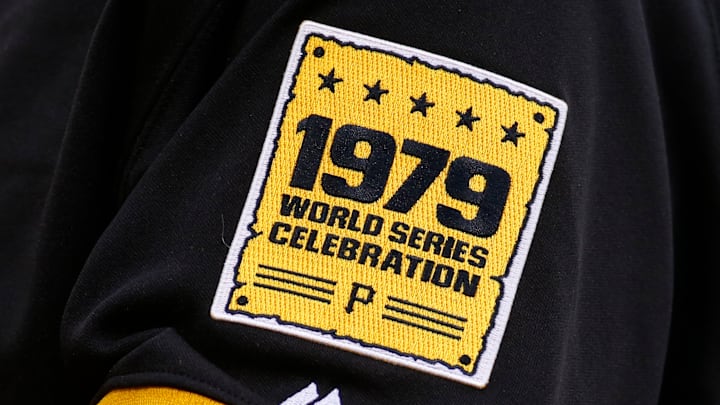The Pittsburgh Pirates have won five World Series in their long and storied history, but which is the best among the five?
The Pittsburgh Pirates are a storied franchise and one of the oldest teams in Major League Baseball. They’ve been around since 1887 and participated in the first World Series, but lost to Boston in 1903. Since then, the Pirates have won five World Series rings, the first in 1909 and the latest in 1979.
Note that I am not solely looking at how many wins each team got or how quickly it took them to get to the World Series. I am mostly focusing on the team’s roster, who played (such as league factors), and the contributions they made. Stats like wRC+ and ERA+, where 100 is always league average, 101 is 1% better than average, and 99 is 1% worse than average, will be heavily weighed as it’s the best way to compare teams from so many different eras of baseball.
While the Pirates haven’t taken home a World Series trophy in a while, here’s to hoping they do in the near future. But among the five teams that have won a ring in the franchise’s history, how do they compare to one another, and who is the best?
